Armed Forces
RGW 90 Grenade Launcher – a proposal for the Polish Armed Forces
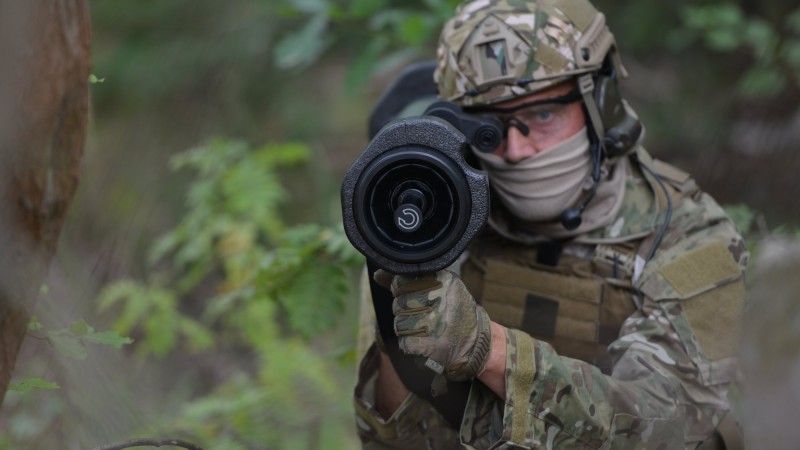
In the Grot programme, aimed at acquiring new, single-use grenade launchers, Dynamit Nobel Defence is offering a family of single-use RGW-90 grenade launchers. The system could be manufactured locally, in Poland, with the Polish companies standing a chance of becoming a part of the international supply chain. RGW-90 is a multifunctional system that also gives the user an ability to penetrate the Explosive Reactive Armor (ERA), among other capabilities.
Dynamit Nobel Defence is a manufacturer of anti-tank systems for the infantry, and other solutions as well, including explosive reactive armour (ERA) system for the German Puma IFV. The company in question is also offering remotely controlled weapons stations or fire protection systems for the combat vehicles. The well-known products made by the manufacturer include shaped-charge warheads and anti-tank grenade launchers, such as the Panzerfaust 3 design - a system operated by the Bundeswehr nowadays. The Panzerfaust 3 can penetrate up to 1,000 mm thick armour (depending on version). Panzerfaust 3-IT, one of its derivatives, features a special-purpose warhead, designed to act against heavy reactive armour.
The Panzerfaust 3 is well known in Poland as well, as its technologies have been used, in collaboration with the Nowa Dęba-based Dezament company, to develop tandem warheads for the RPG-7 system years ago. Unfortunately, these warheads have not entered series manufacturing. Today, Dynamit Nobel Defence is focusing on marketing activities related to single-use grenade launchers, responding to the requirements that the Polish military expressed (Territorial Defence component included) through the Grot procurement programme. RGW-90 is a multi-purpose, light system. It provides the user with an ability to act against armour (including the armoured assets protected by ERA). RGW-90 has also been made adaptable to be used with a variety of targeting systems, such as the Dynahawk solution for instance.
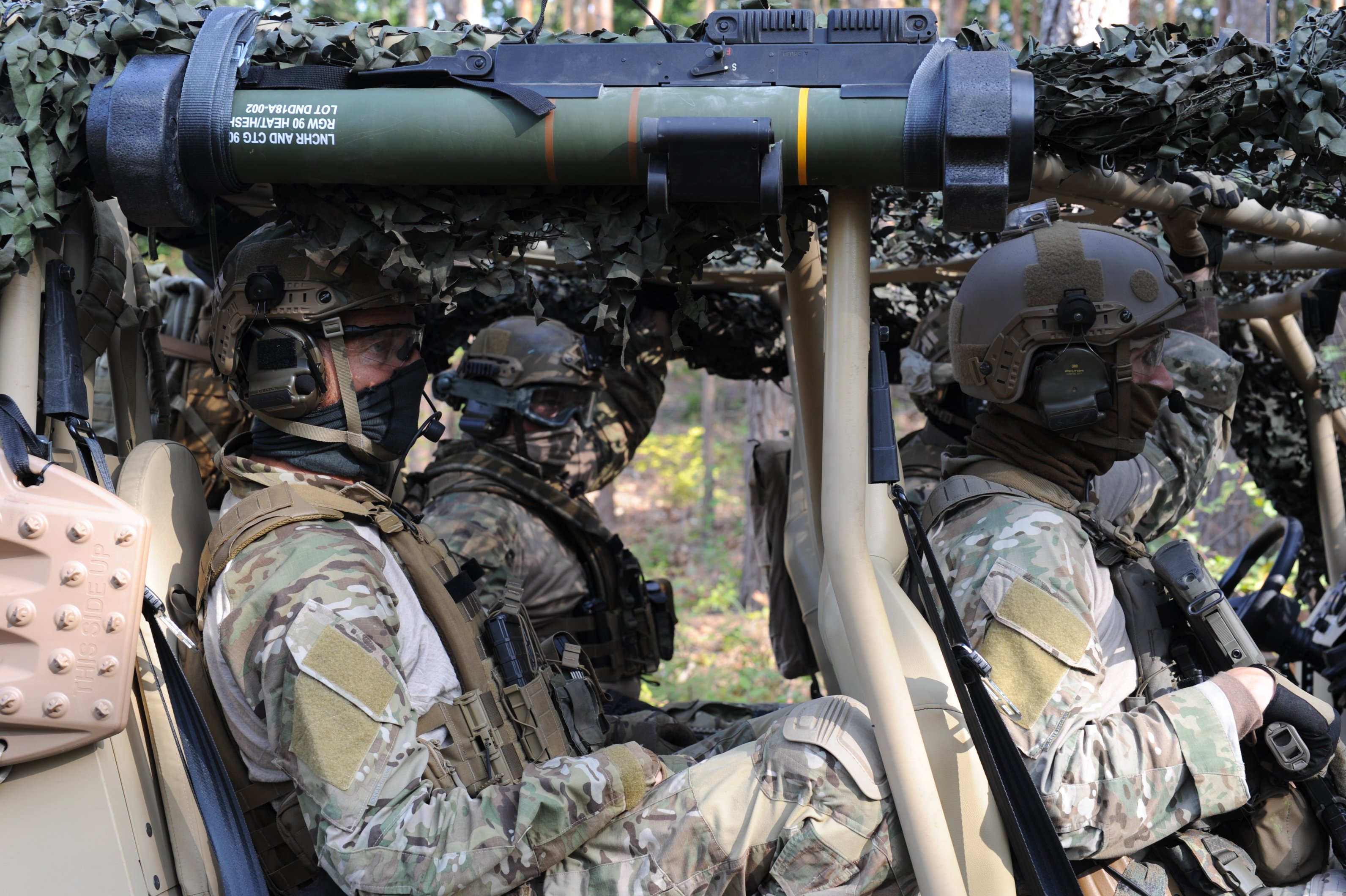
RGW-90 Multi-purpose Anti-Tank Grenade Launcher
RGW-90 is a result of analysis of the experience gathered by DND and Armed Forces of several nations, over the course of employment of the Panzerfaust systems and the light Armburst weapon. The weapon has been developed through collaborative effort undertaken by DND, Rafael and the Armed Forces of Singapore. The Armed Forces of Singapore launched the MATADOR (Man-portable Anti-Tank, Anti-DOoR) programme, defining requirements for a weapons system that would be able to act against armour (MBTs included) and fortified structures.
This capability has been achieved thanks to a specially designed warhead. The mode of operation is simple to set. On the top of the projectile, an extendible fuse probe has been located. When it is fully extended, the warhead works in the HEAT (High Explosive Anti-Tank) mode, as a shaped charge that can penetrate more than 500 mm of armoured steel. When the probe is inserted, the projectile is detonated in HESH mode (High-Explosive Squash Head). It detonates on impact, causing crushing of the obstacle, fragmenting it, and hitting it with a shockwave. The projectile in the HESH setting can penetrate around 250 mm of a ferroconcrete wall, creating a hole with a diameter of around 50 centimetres. In HESH mode, the weapon is also effective against light mobile targets such as light armored tactical vehicles and unarmored vehicles.
MATADOR system introduced by Singapore has become known under the RGW-90 designation. RGW stands for Recoilless Grenade Weapon, while the number 90 refers to the calibre - 90 mm. The weapon is used by more than 14 states, Germany and Israel included. Ever since introduction, the RGW family has undergone a rapid expansion - including 60 and 110 mm calibres. The weapon family has been expanded by adding variants with various warheads, including ones that use tandem or programmable designs.
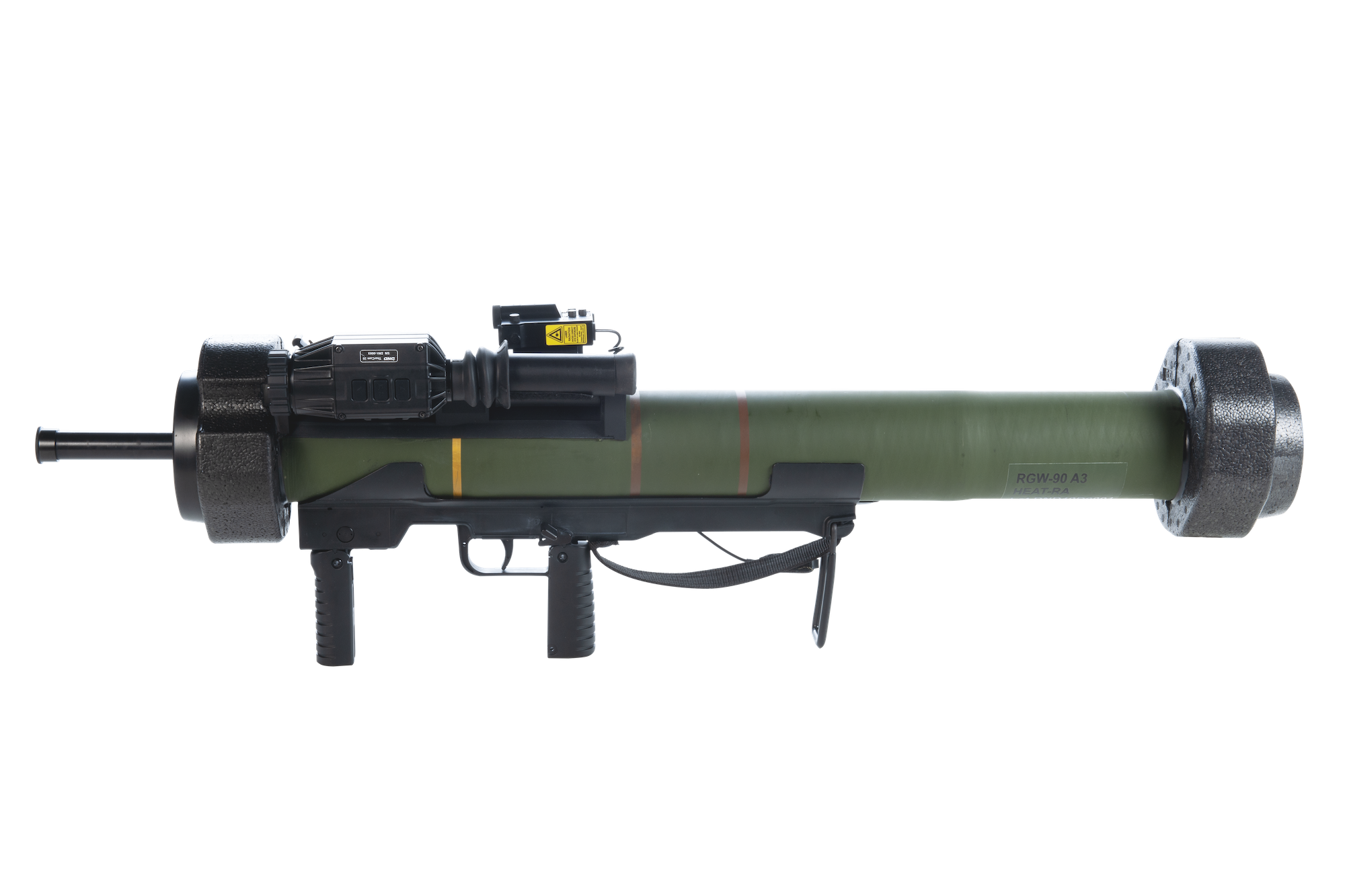
What has been unchanged are the basic design principles applicable to the RGW launchers. All three systems use the very same launcher principle, based on the Davis gun. This makes the launcher have a relatively small recoil. The system could also be safely fired from indoors (with volume higher than 15 cubic meters), provided that at least 2 meters distance separates the rear of the launcher and the wall.
A dual-piston and aggregate counterbalance system is put into use during the launch. The projectile exits the light composite launcher thanks to a launch motor propelling both "pistons". The projectile is one of the pistons. The other one pushes the aggregate counterbalance to the rear. The weight is corresponding with the weight of the projectile. Only after the projectile leaves the launcher, a sustainer rocket motor begins its operation, accelerating the grenade up to around 240 meters per second, in case of the RGW-90 launcher. The system provides the user with a relatively long-range, a constant velocity profile (also when the wind is present), low recoil and low acoustic signature. The projectile velocity is constant and it is maintained by the sustainer rocket motor that is operated over the course of most of the flight.
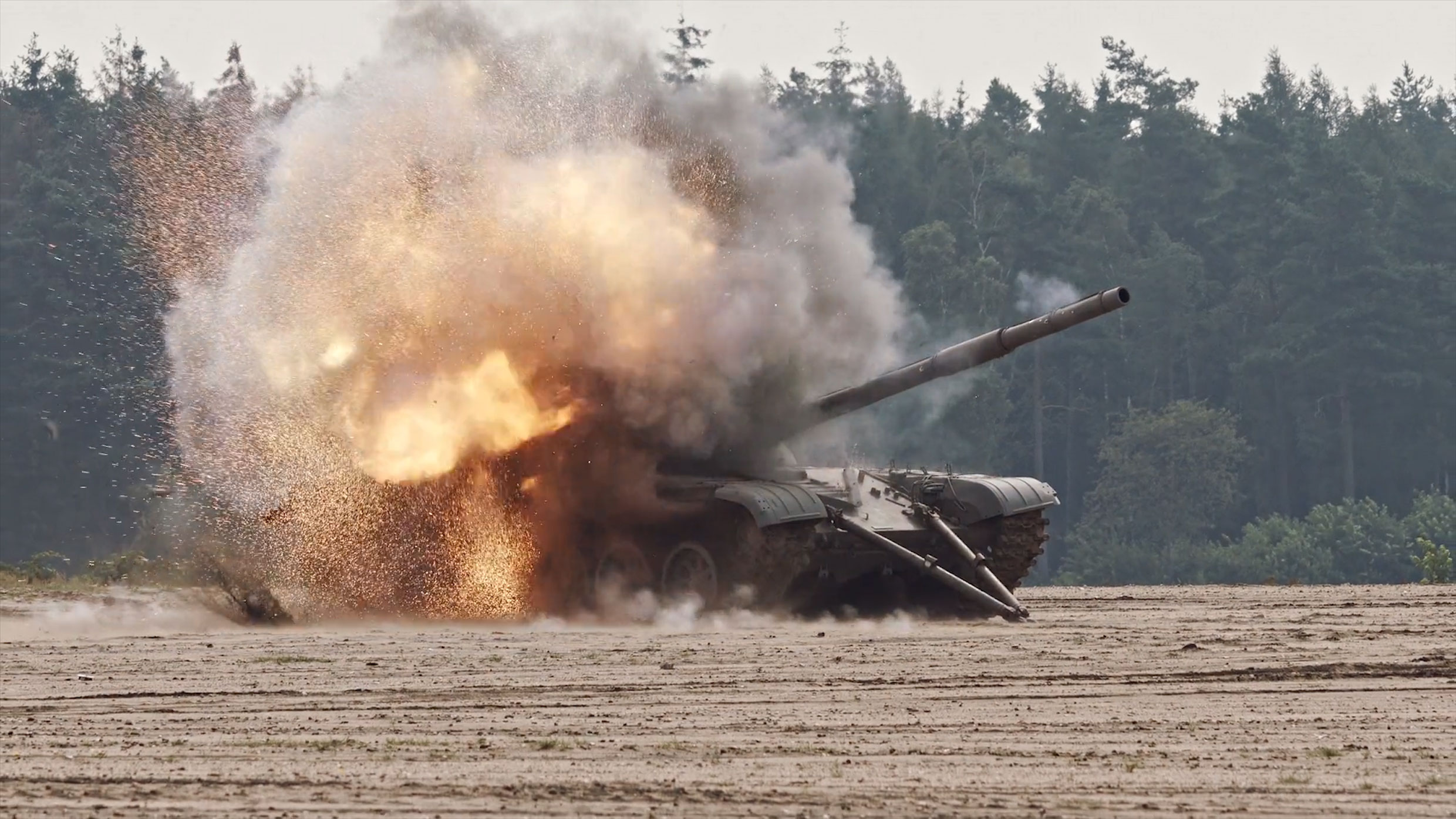
The standard RGW-90HH launcher is around 1 meter long (less than 1 meter when HESH mode is used, a little more than 1 meter when the HEAT mode is engaged). The weapon weighs 7.5 kilograms. Composites have been used to a wide extent in the weapon’s design which enhanced the ergonomics and lowered the weight. The weapon is being continuously developed - also within that regard. The first RGW-90HH grenade launchers had a weight exceeding 8.5 kilograms.
The maximum range of the RGW-90HH system is defined as 500 meters. However, it may be extended to 700 meters, thanks to Dynahawk or similar targeting systems that have a ballistic computer and laser rangefinder. Dynahawk proves to be particularly useful when acting against moving targets at distances exceeding 400 meters. RGW weapons are compatible with clip-on night vision or thermal vision optics.
In its basic version, RGW-90 comes with an optical sight offering 1.5x zoom allowing the user to estimate target distance and adjust for movement. The sight is disposed of together with the launcher. Picatinny rail can be used, however, to attach a broad range of night-vision/thermal imaging sights to a standard sight, including the ones currently utilized by the Territorial Defence component of the Polish military, or the ones offered by the Polish PCO company. Alongside the standard sight and the Dynahawk system, dedicated DND night-vision and thermal imaging sights are available as well.
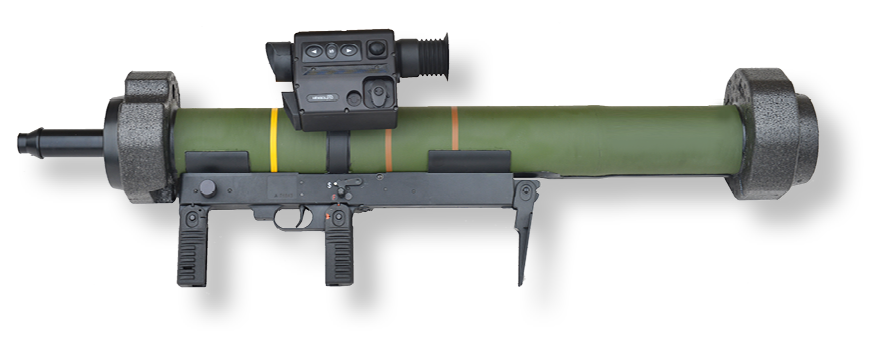
New Generation of Warheads
RGW-90 HH has a new derivative - the RGW-90 HH-T, with a tandem warhead. It is a bit heavier (at 8 kilograms), however, its projectile can penetrate armour that is more than 500 mm thick, with heavy ERA on top. When no ERA is applied, the warhead can go through armour thicker than 700 mm. The weapon could be employed even against the heaviest armour then, including main battle tanks protected from conventional HEAT warheads by ERA, or other solutions. Another feature that this launcher has is the dual mode of operation we have witnessed in case of the RGW-90 HH. Analogously, it may use the HESH mode against fortified and surface targets. Thanks to the above, a single launcher can be used for most, if not all, purposes. Similarly to RGW 90 HH, the launcher in question can act against targets at distances of up to 500 or 700 meters. A fire control system is required in the latter case, however. RGW-90 HH-T development is in its final stages now, with NATO qualification process already having been launched.
RGW-90LRMP is another RGW-90 system derivative that has been recently introduced by, among other users, the German special operations component. The launcher in question has been integrated with a programmable warhead. It may be used against infantry, light vehicles and fortified structures. Two modes are available - on-impact or programmable detonation (airburst), at distances of 600 and 1,200 meters respectively. It is recommended that Dynahawk fire control system is used to utilize the full potential that the launcher offers, as Dynahawk is capable of cooperating with programmable munitions.
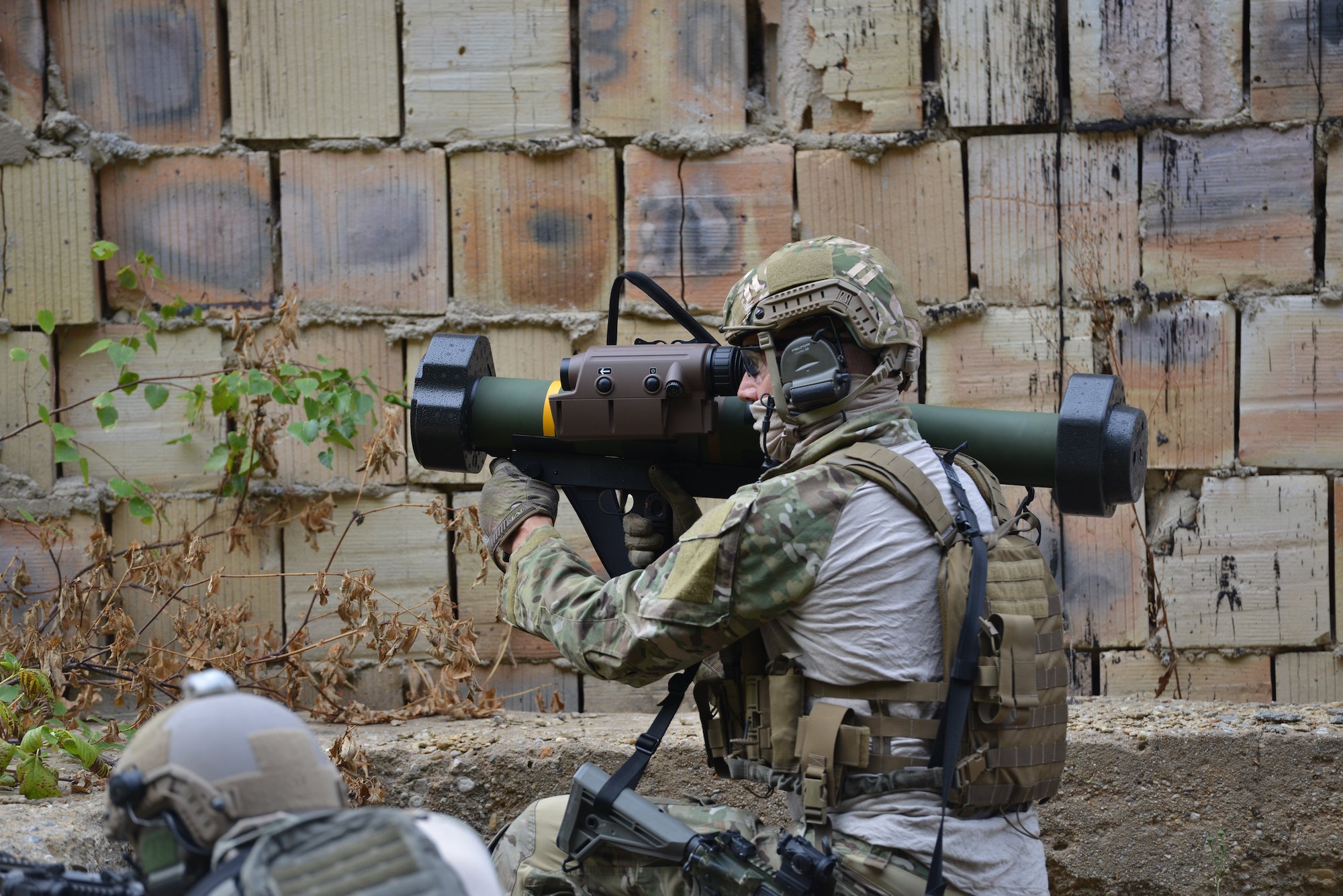
Responding to the customer demand, a special variant with a tandem warhead designed for anti-structure use has been developed - the RGW-90ASM (Anti Structure Munition). The projectile uses two modes and both are destined for anti-structure use. In the former mode used to create passages in the walls, the primary and secondary charges are detonated one after the other, with a short delay, creating a large hole in the wall, even if it is made out of thick ferroconcrete. In the second, “blast" mode, the first charge is destined to penetrate the wall while the second warhead is detonated inside, damaging and completely/partially collapsing the structure. This variant weighs 10 kilograms and can be employed effectively at distances ranging from 10 to 500 meters. RGW-90ASM is currently undergoing a product upgrade, with the aim of reducing it weight town to around 8 kg, earlier RGW-90HH underwent a similar process.
Training variants of RGW-90 are also available, along with two versions with special-purpose projectiles. RGW-90ILUM with an illumination projectile (visible light or IR) offering 40 seconds illumination across 500 meters and RGW-90SMOKE with smoke munitions, providing 20 seconds of obscurity in the visible spectrum and 5 seconds in the IR spectrum. Both versions offer a range of 1,200 meters.
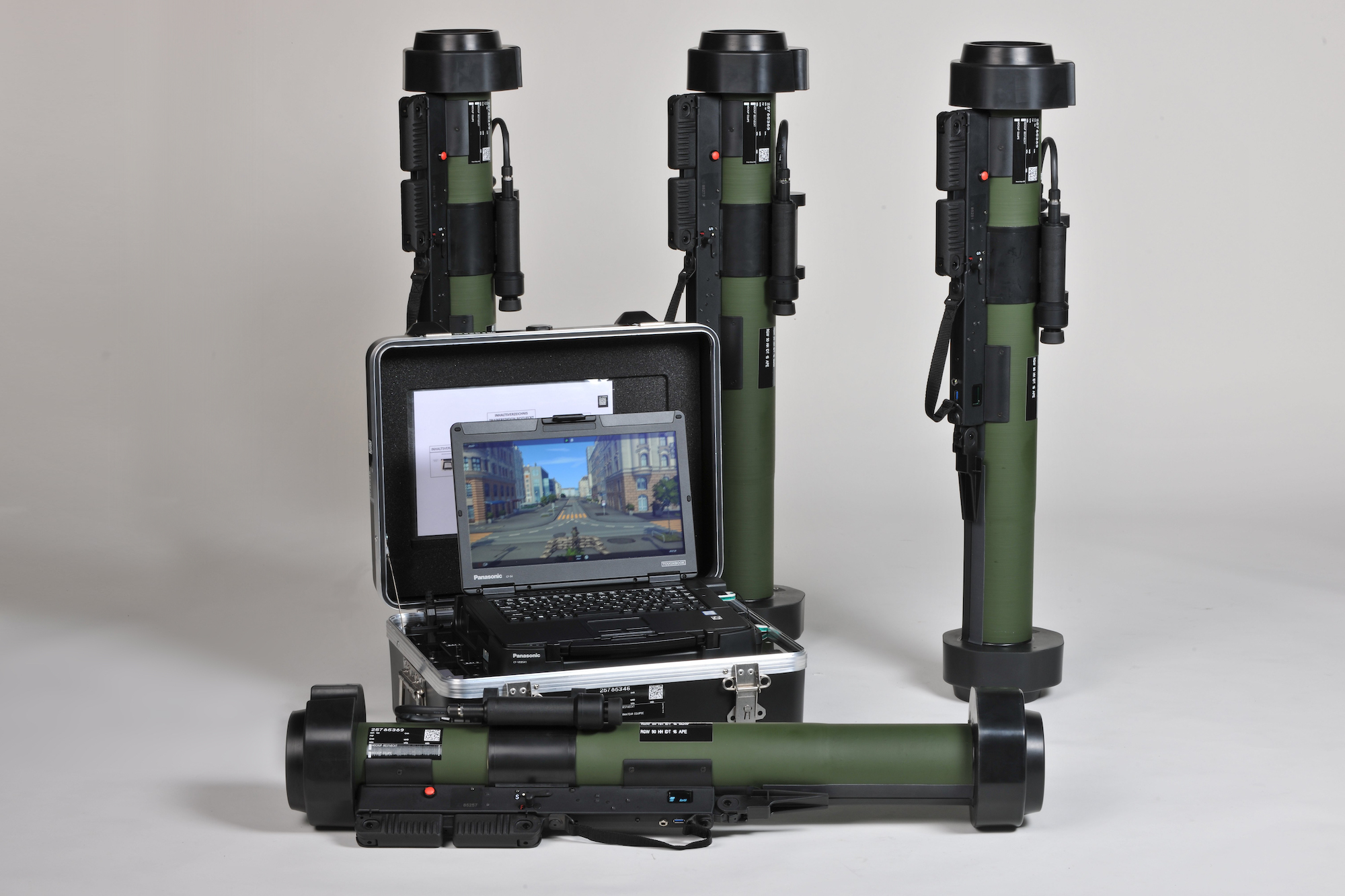
The manufacturer's representatives emphasize the easiness of use for the RGW-90 system, as it does not require any extra special equipment. The grenade launcher has been fitted with ergonomic pistol grips and safety devices. According to the concept of use, defined for the single-use launchers, the system can be provided to all troops in the given unit, not solely to dedicated grenade-launcher operators. The weapon is prepared for launch in a few seconds, right before employment. Then it is disposed of. The only element that is reusable comes in a form of the more advanced, optional targeting systems. Training and educational systems are also offered, with the training ones coming in full-sized and sub-calibre variants, along with a range of simulators.
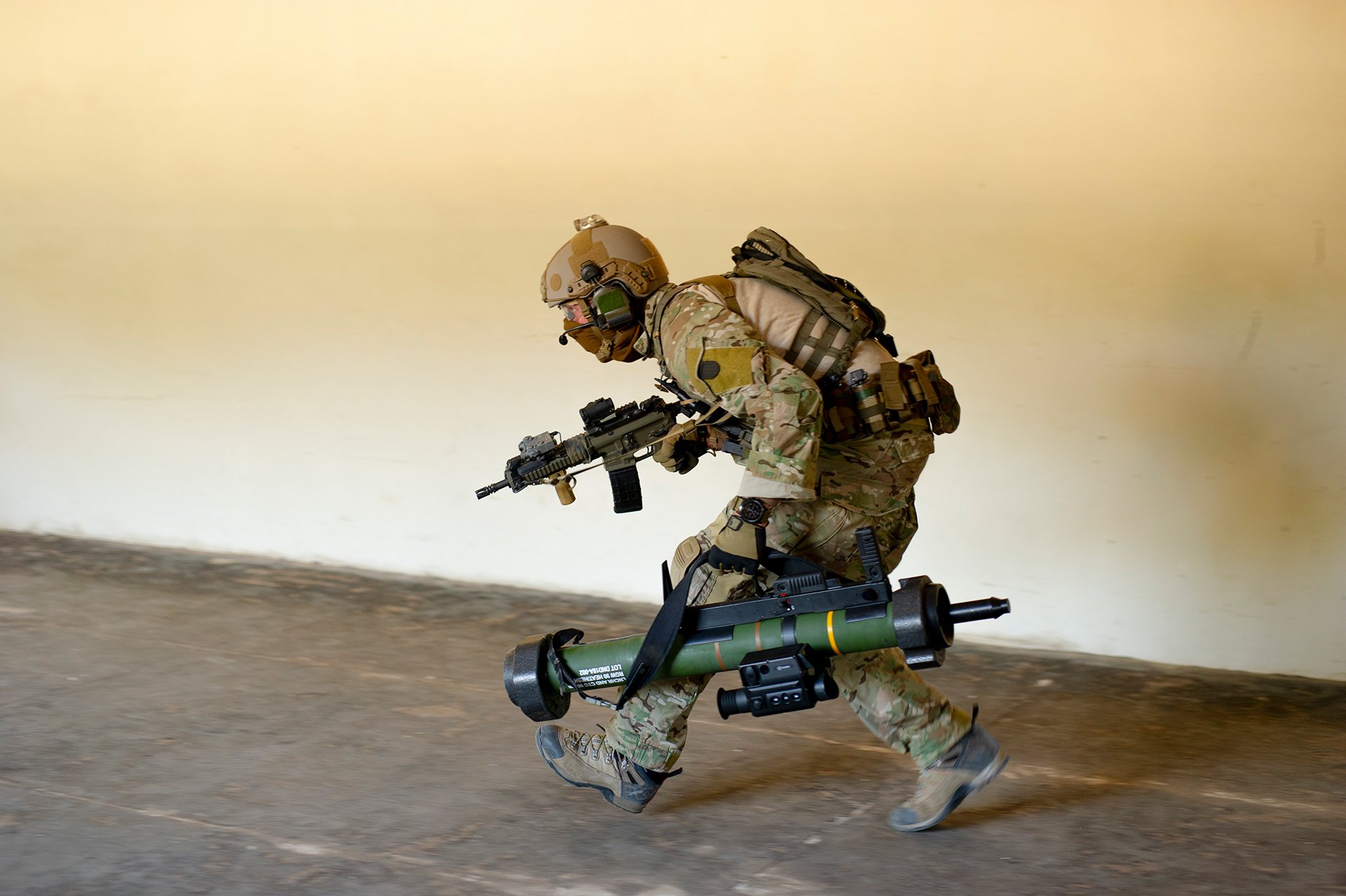
“Polish” RGW-90 - “Grot” Programme Candidate?
In case of the Polish "Grot" procurement programme (aimed at the acquisition of single-use anti-tank grenade launchers for the Army and the Territorial Defence component), DND is offering the latest RGW-90 system with a full training / technical support package. The launcher can be employed against a broad spectrum of threats, ERA-protected vehicles included. The representatives of the manufacturer stress the fact that gradual transfer of know-how to Poland can take place, up to the point when completely sovereign manufacturing capacity is locally established. DND stresses that it has gathered rich experience in technology transfer programmes.
The RGW programme itself has been a result of international cooperation. Currently, considering the interest towards RGW-60 and RGW-90 expressed by the US Army, DND is on the hunt for potential partners who would like to cooperate to manufacture the system domestically, on the US soil. DND has also transferred the full manufacturing of the Panzerfaust 3 to Japan, back in the 1990s.
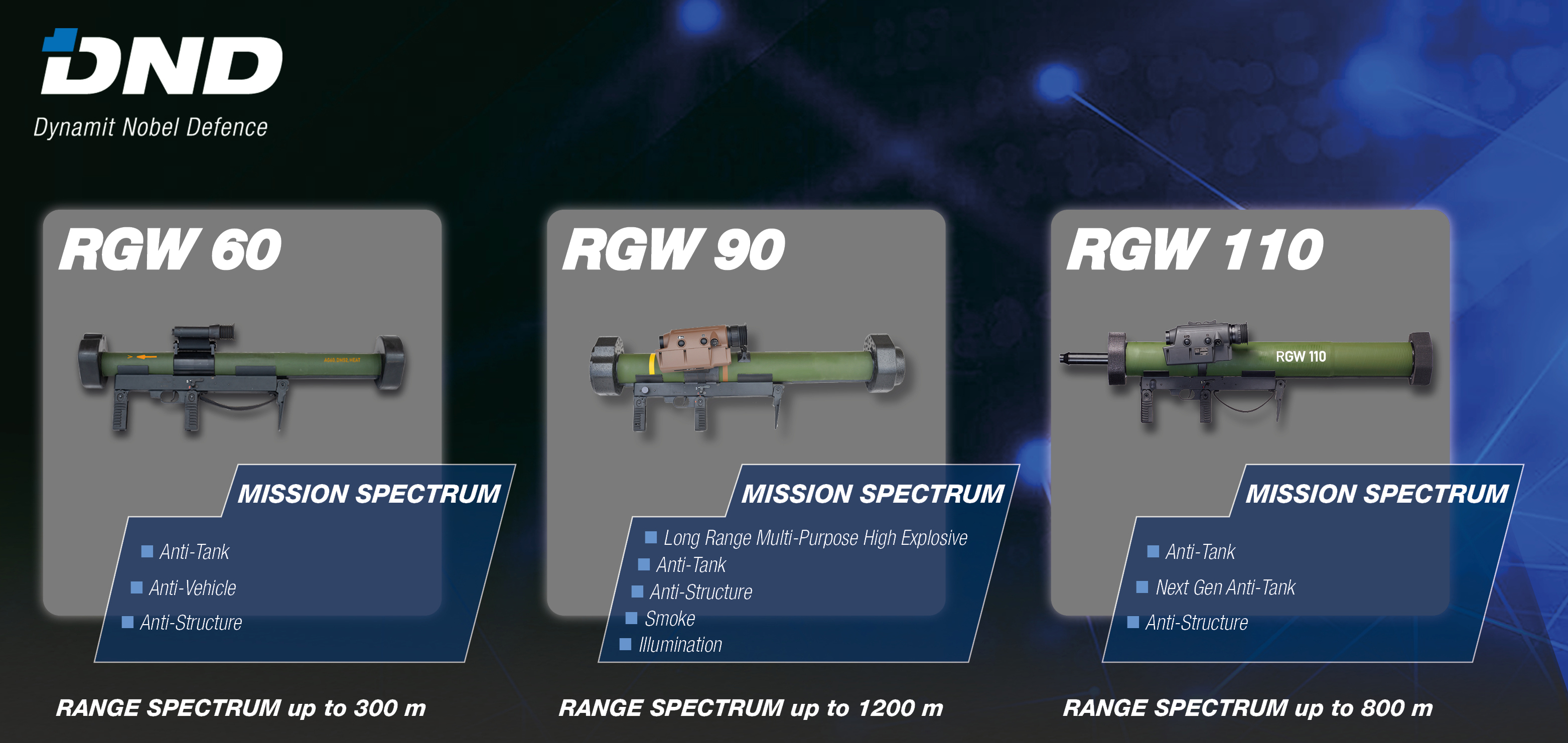
A similar scheme could be adopted in case of the proposal for Poland, concerning the single-use RGW launchers. DND has been present on the Polish market for several years now. During that period, the German entity has been talking to Polish businesses, such as PGZ, Mesko or Dezamet. This gave Dynamit Nobel Defence an insight into the Polish market, thus the company could rapidly start to share the technology within the scope of a programme that has been already defined. The representatives of DND stress the fact that implementation of the Grot programme could reinforce the defence and industrial cooperation between Germany and Poland. Alongside the establishment of complete manufacturing capacity and domestic support system, the Polish defence industry could also potentially become a part of a supply chain for other users.
The article has been prepared based on materials provided by Dynamit Nobel Defence.
